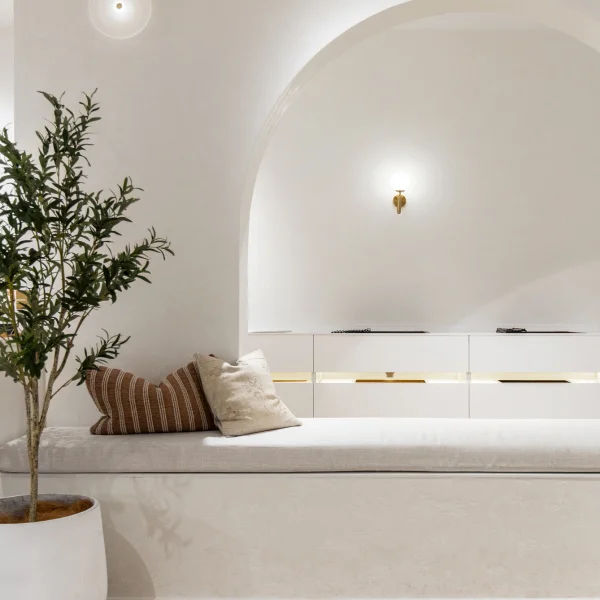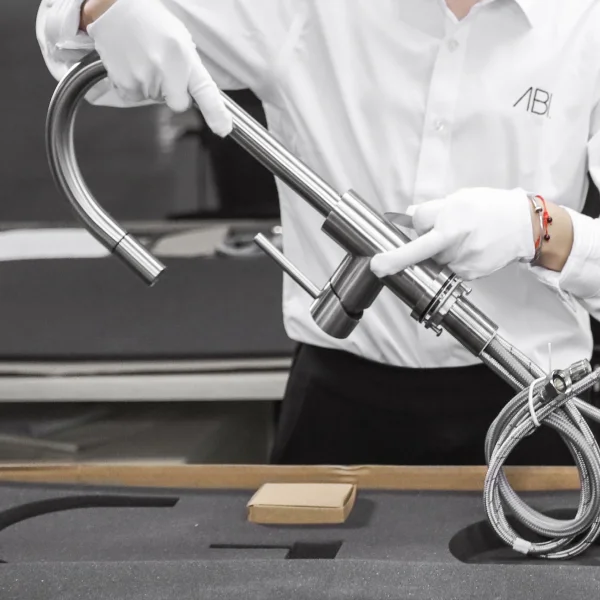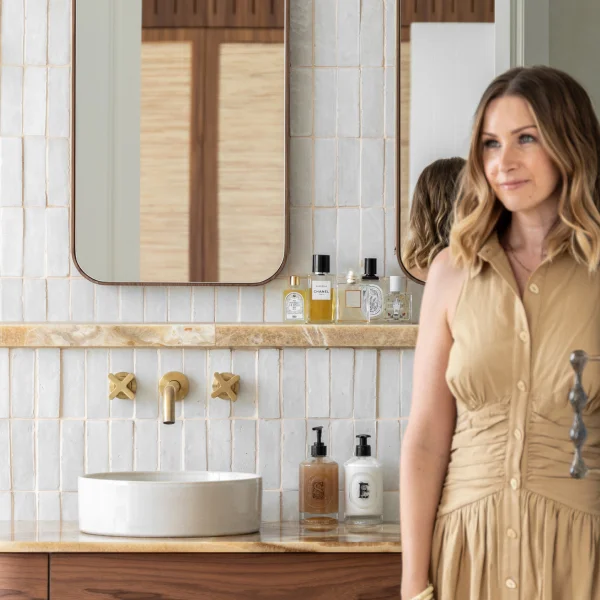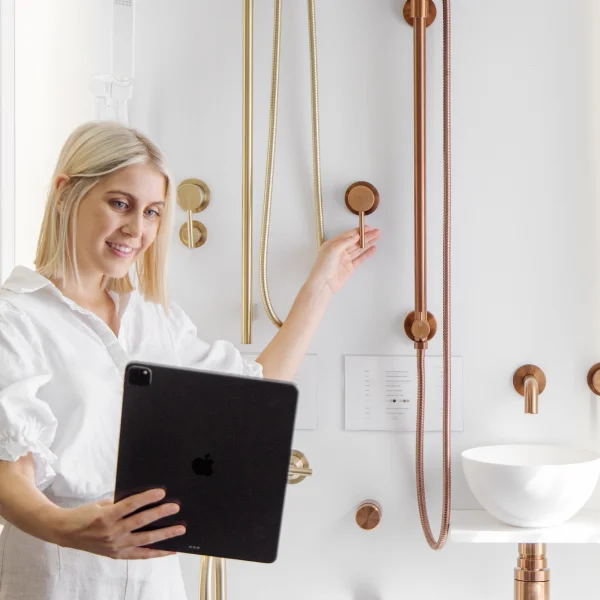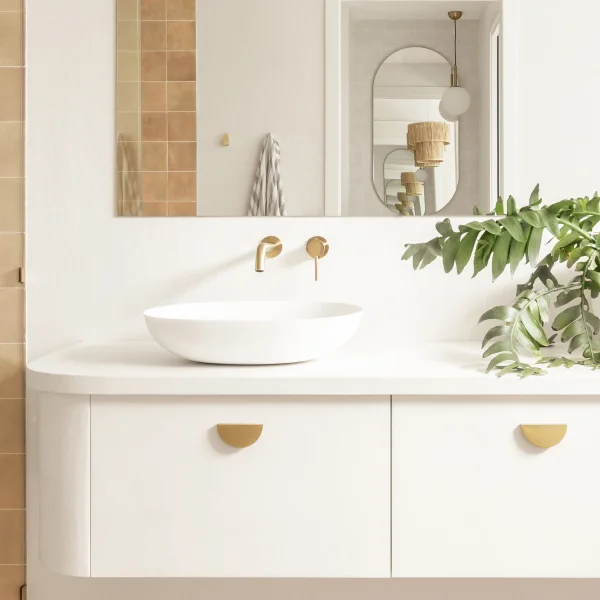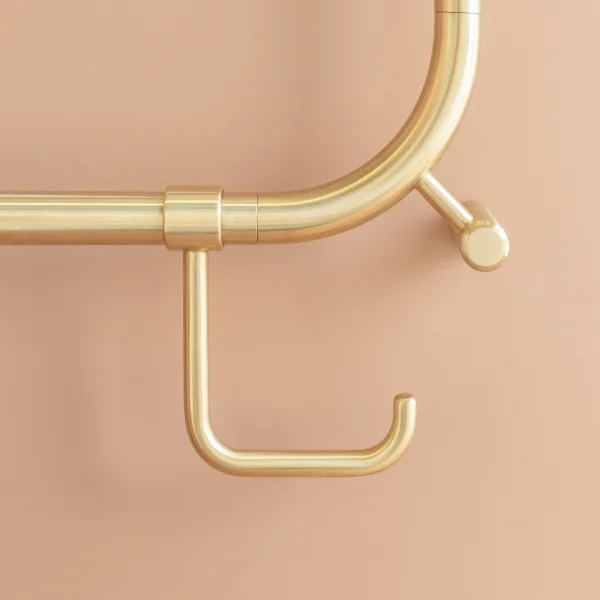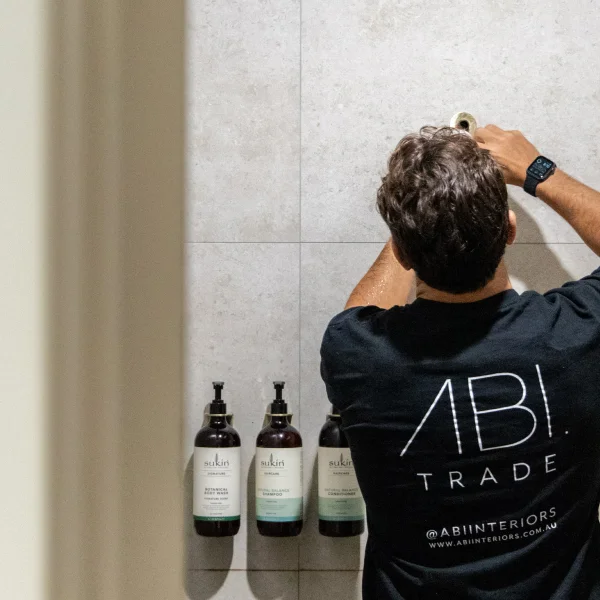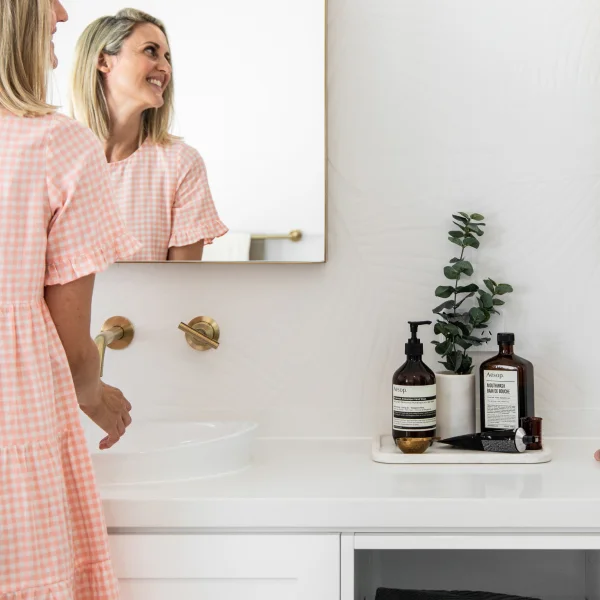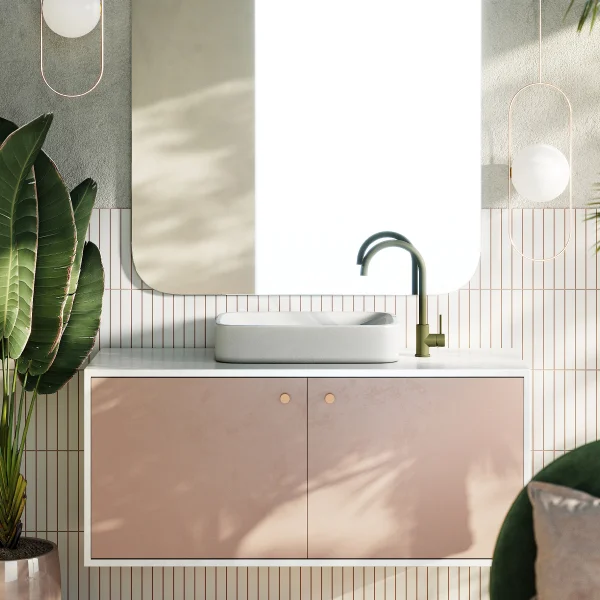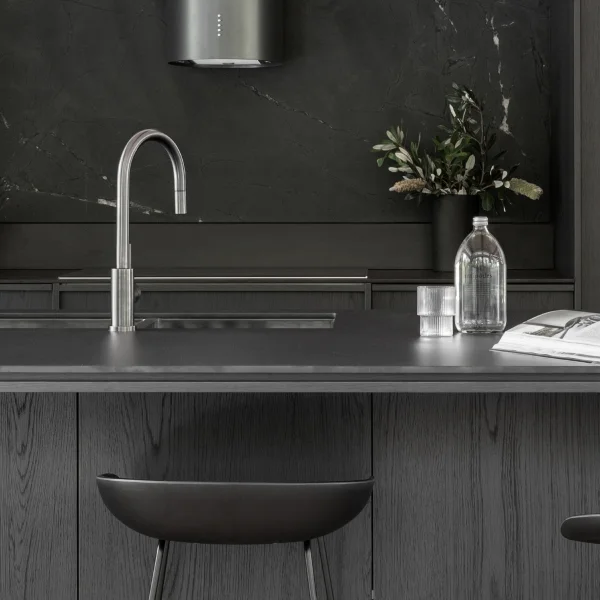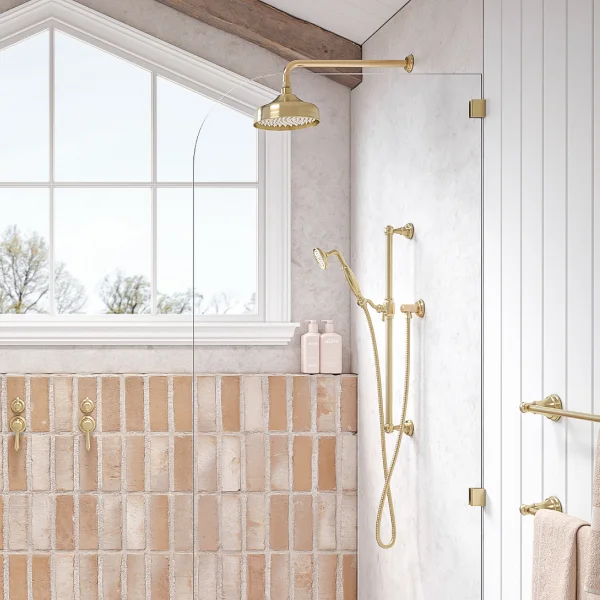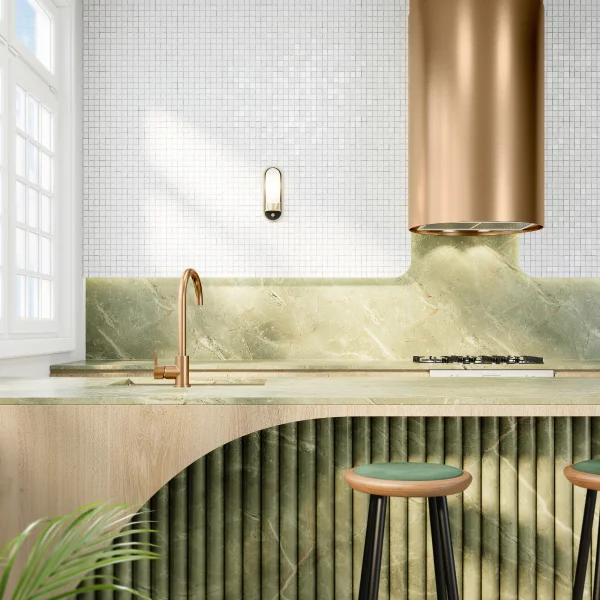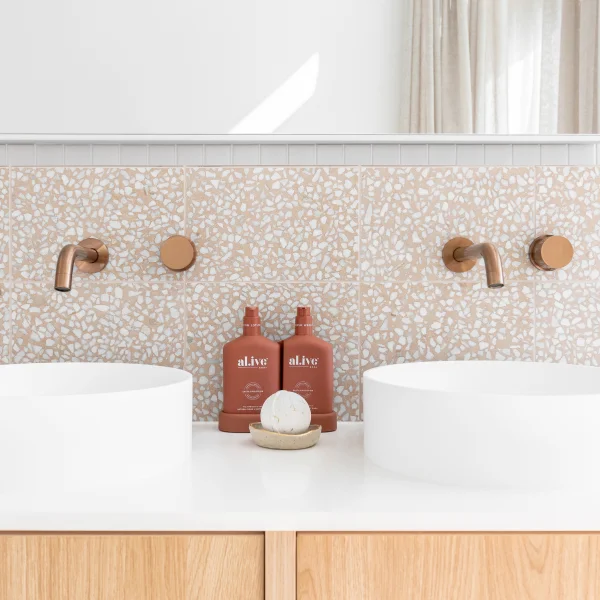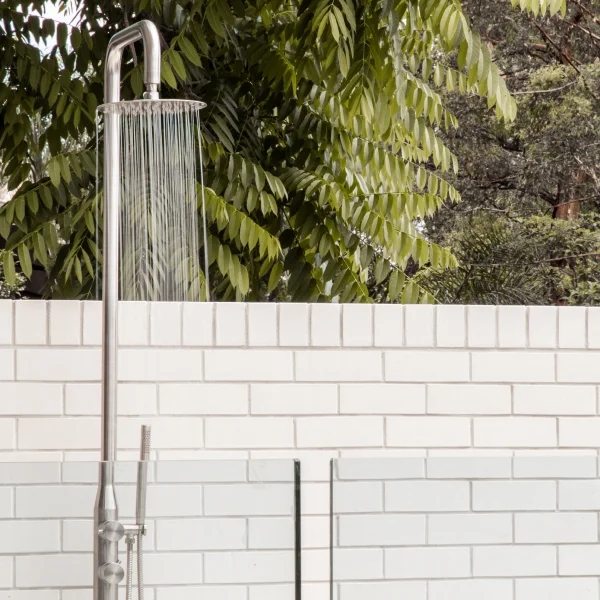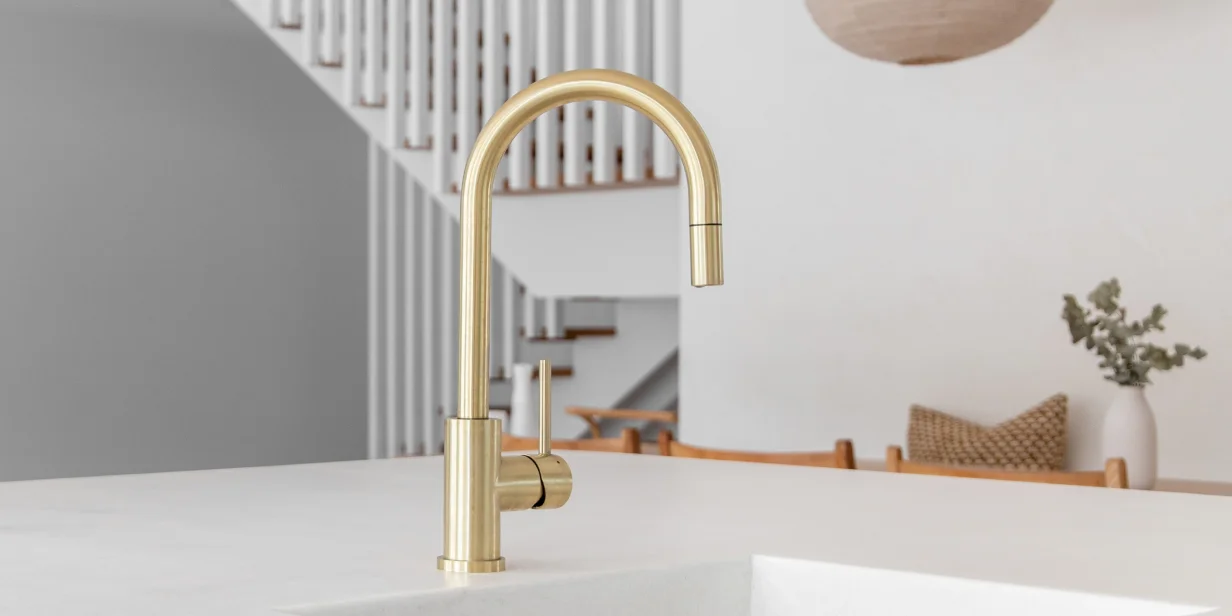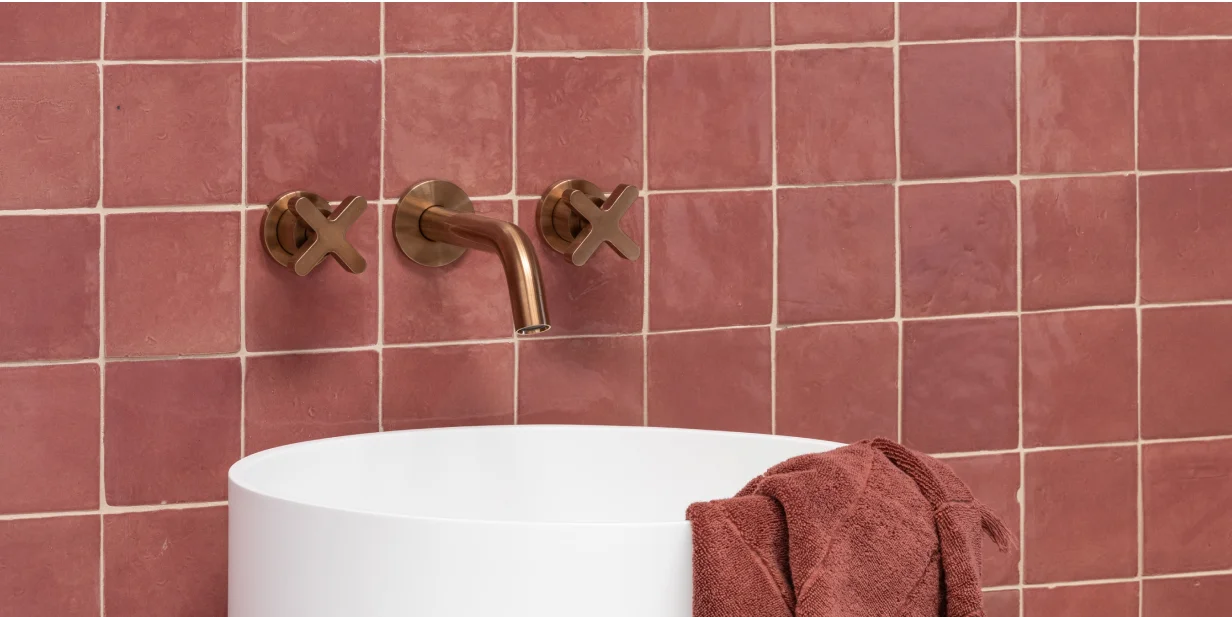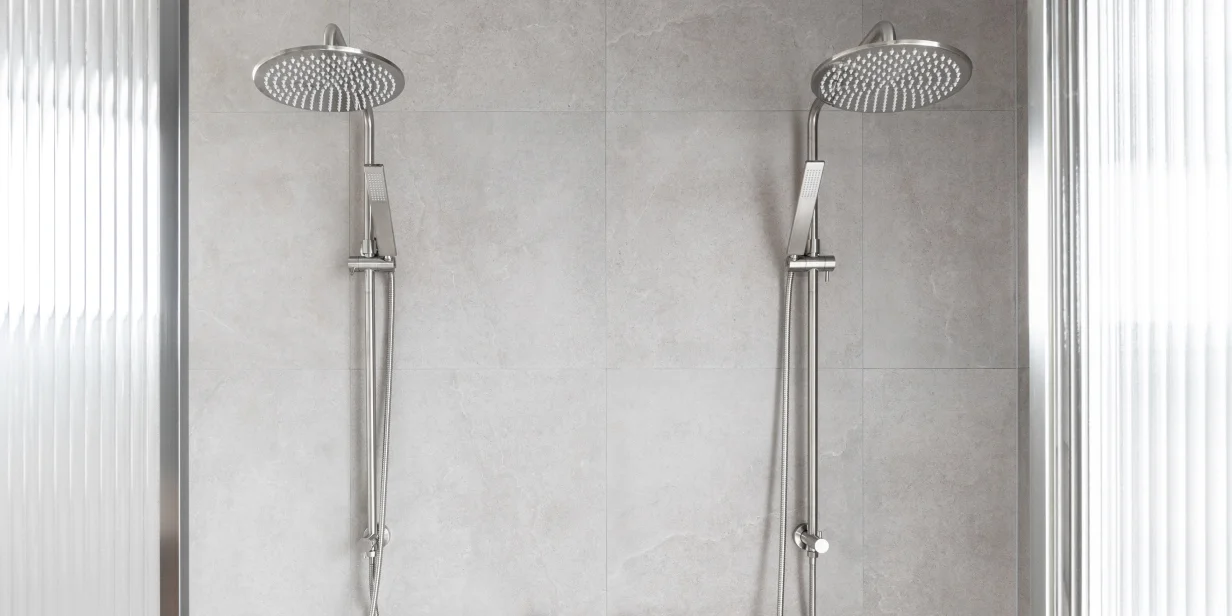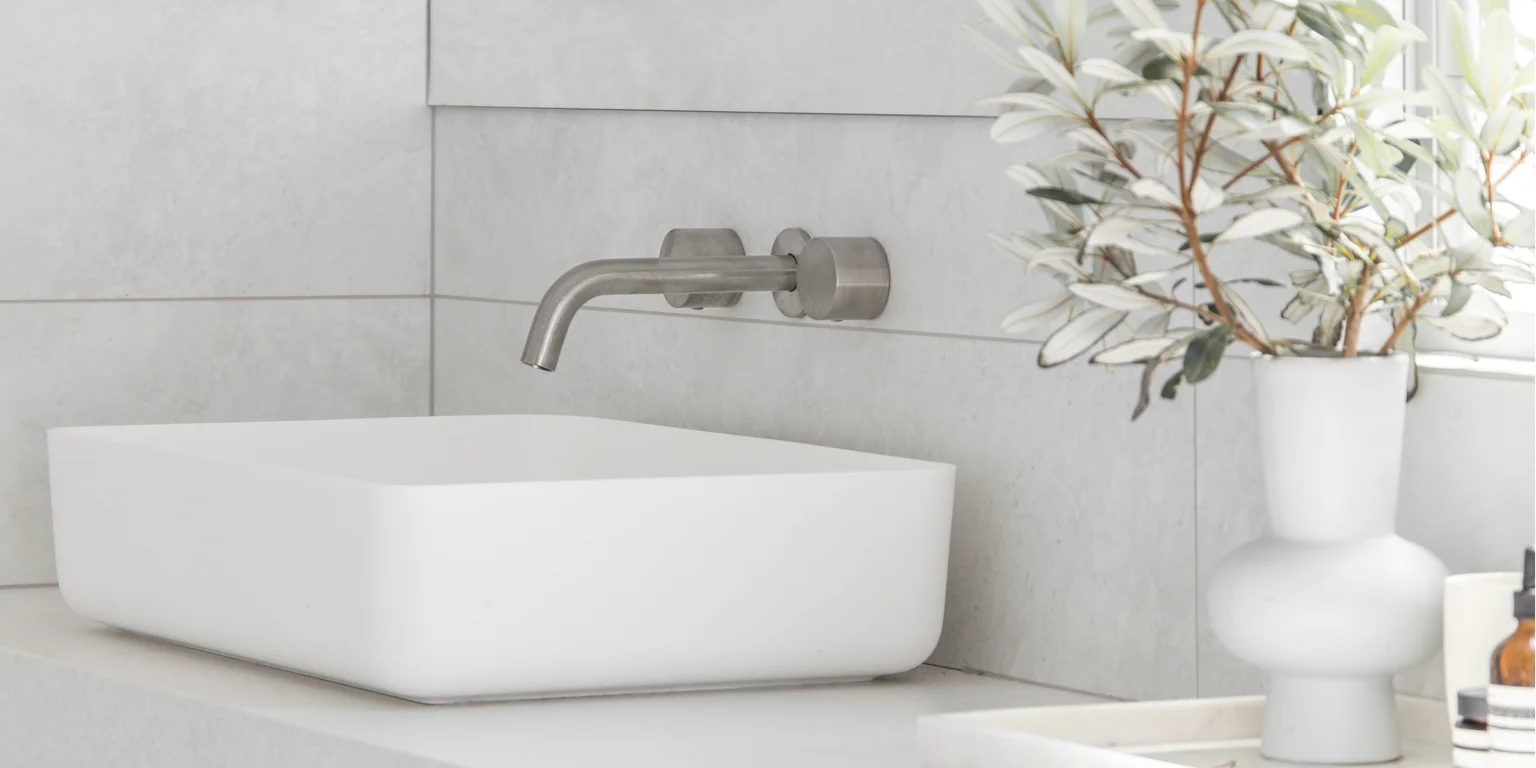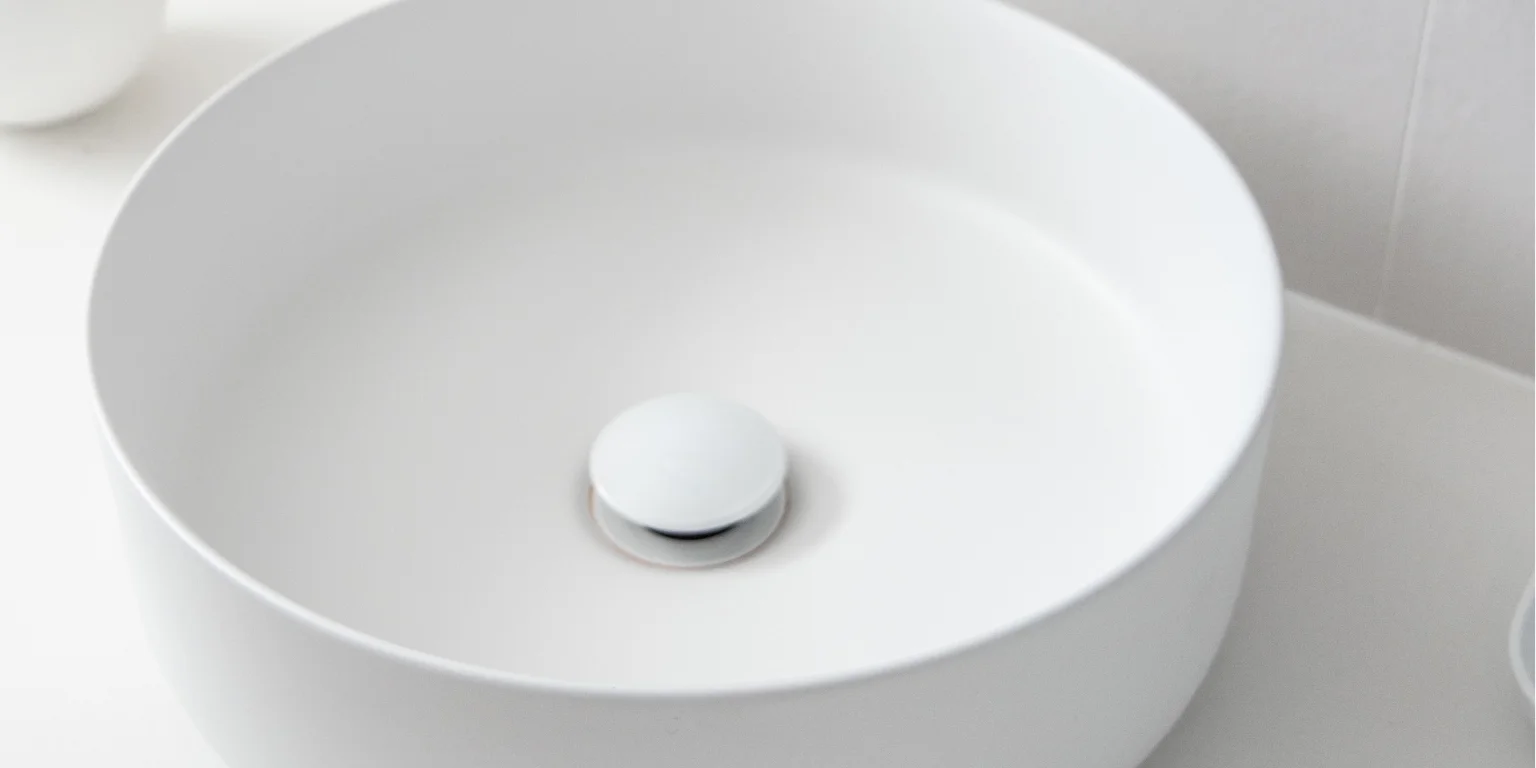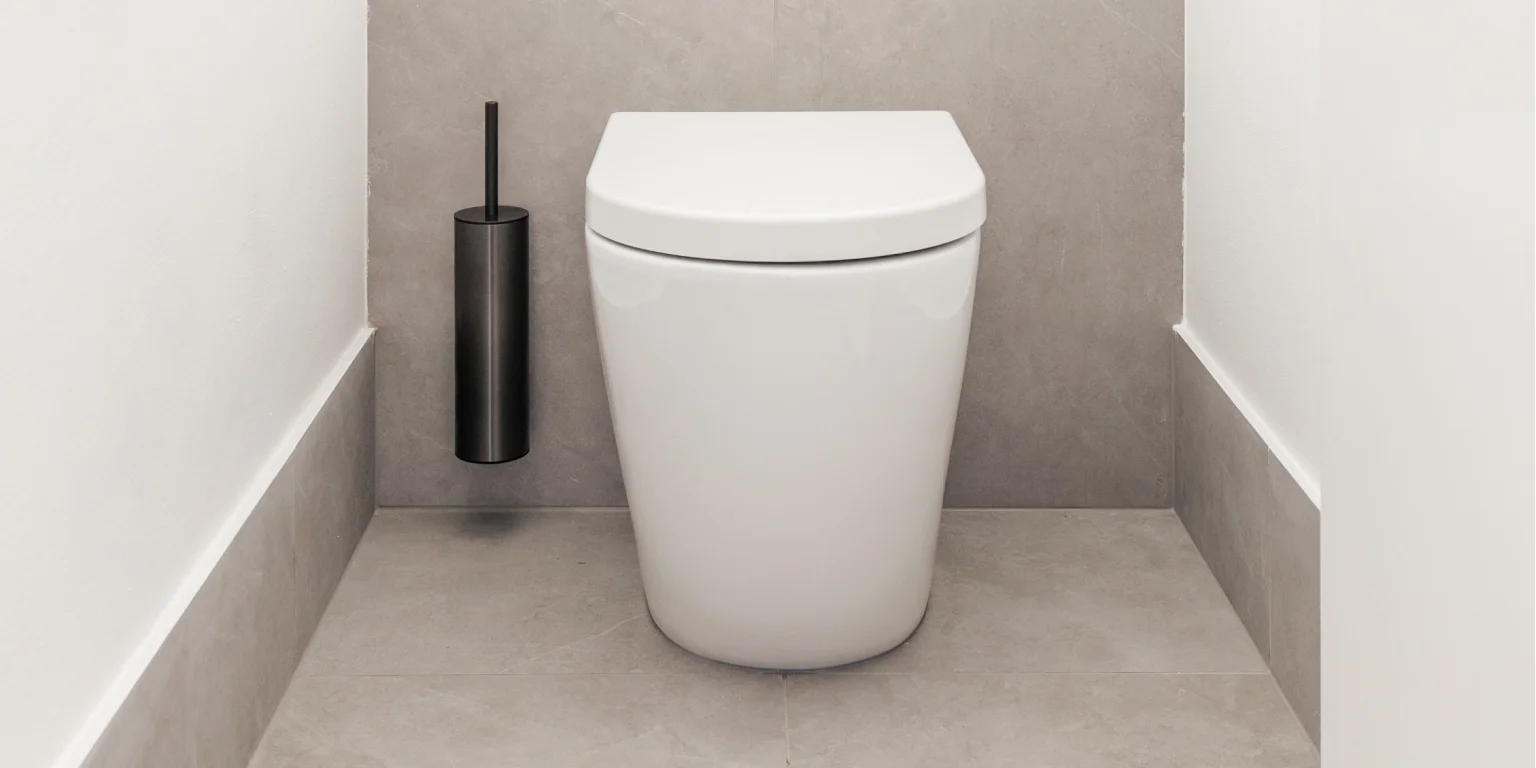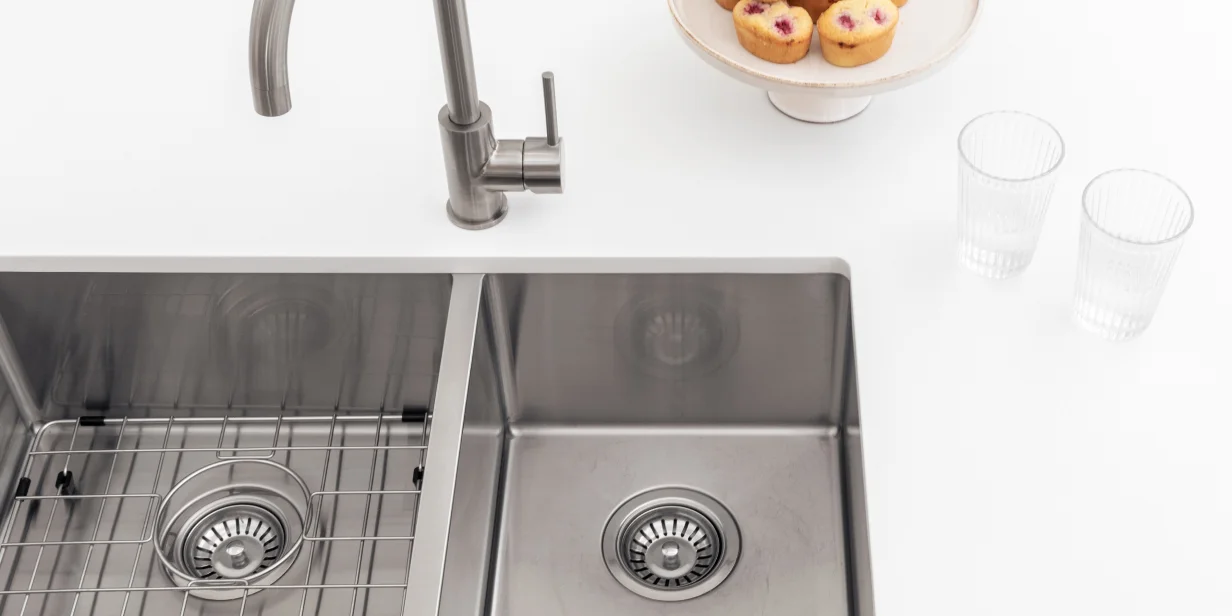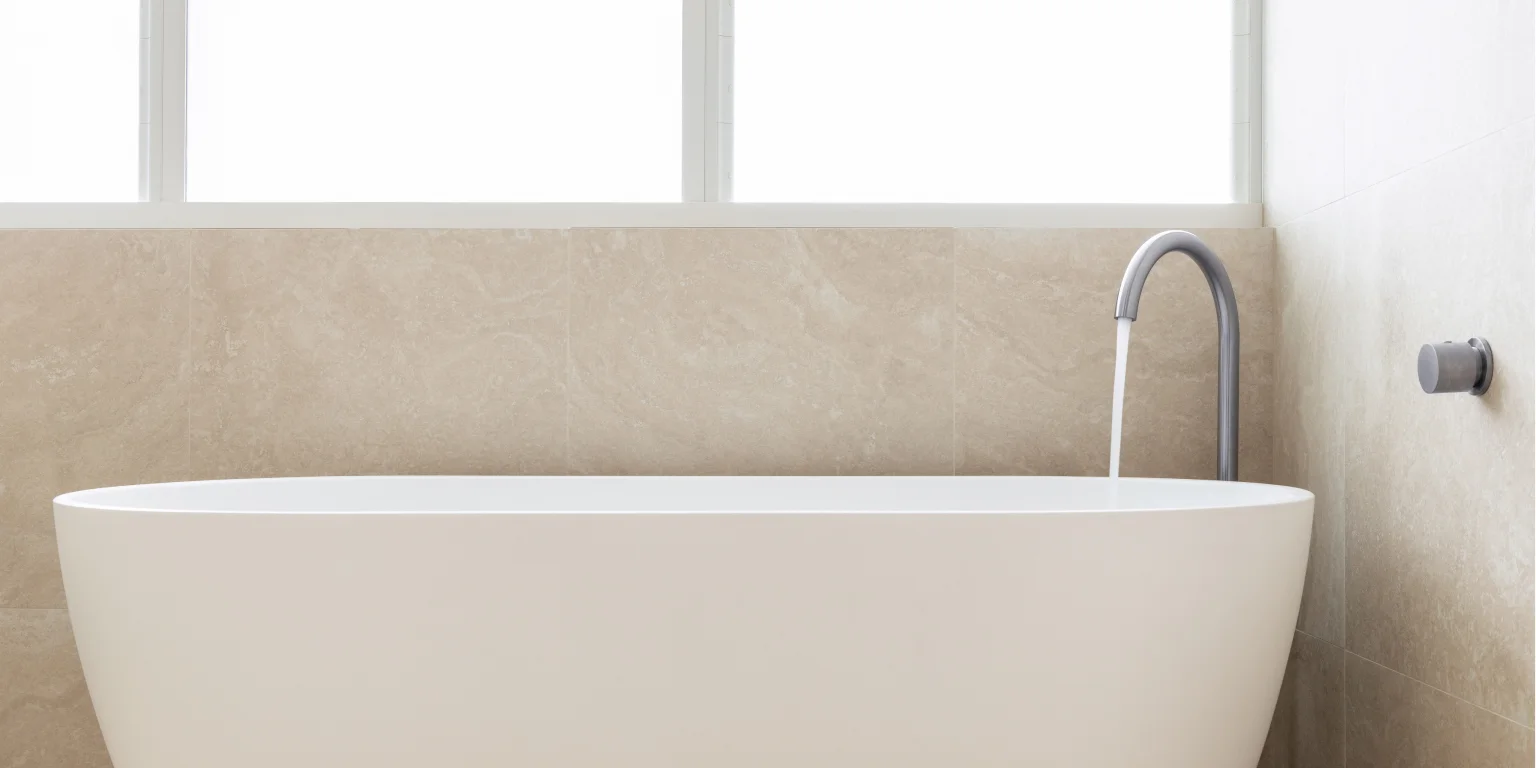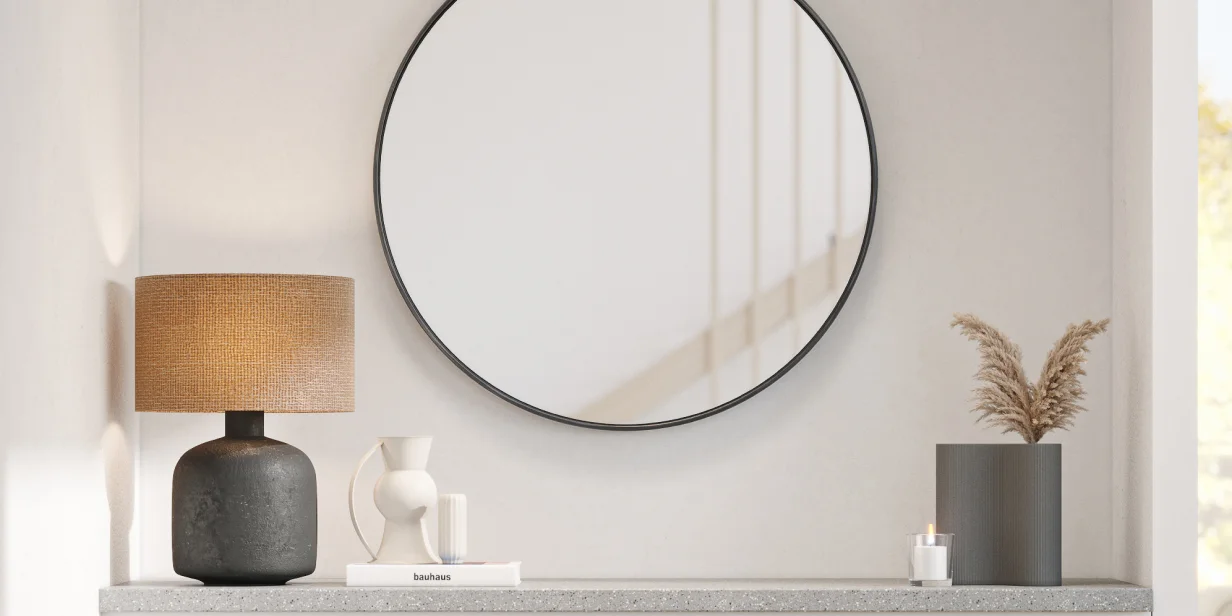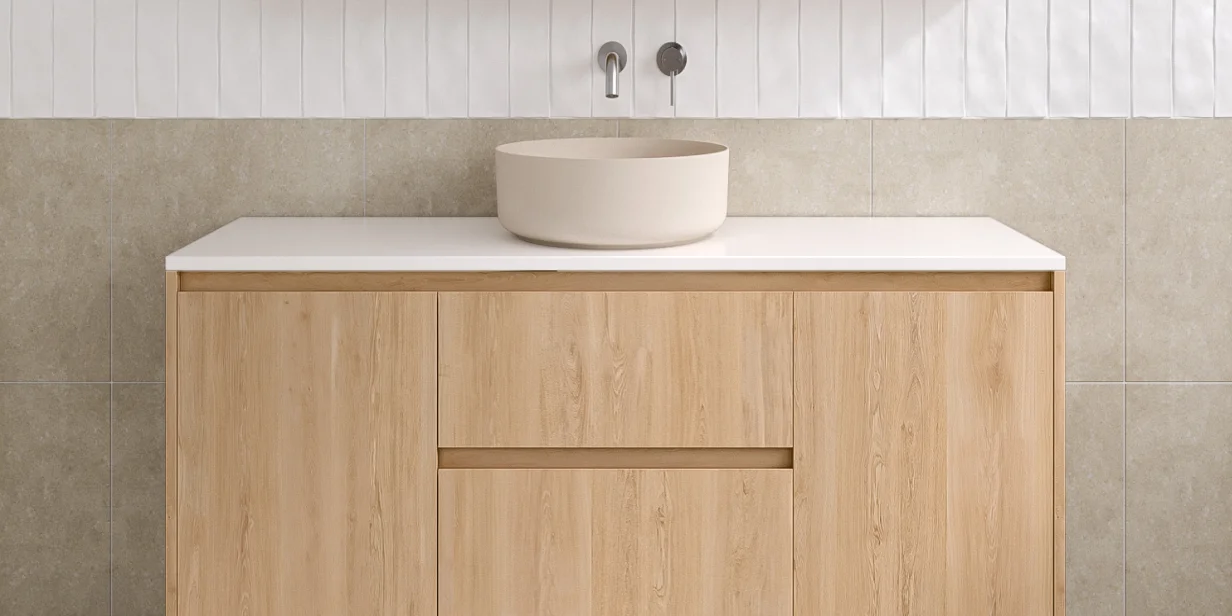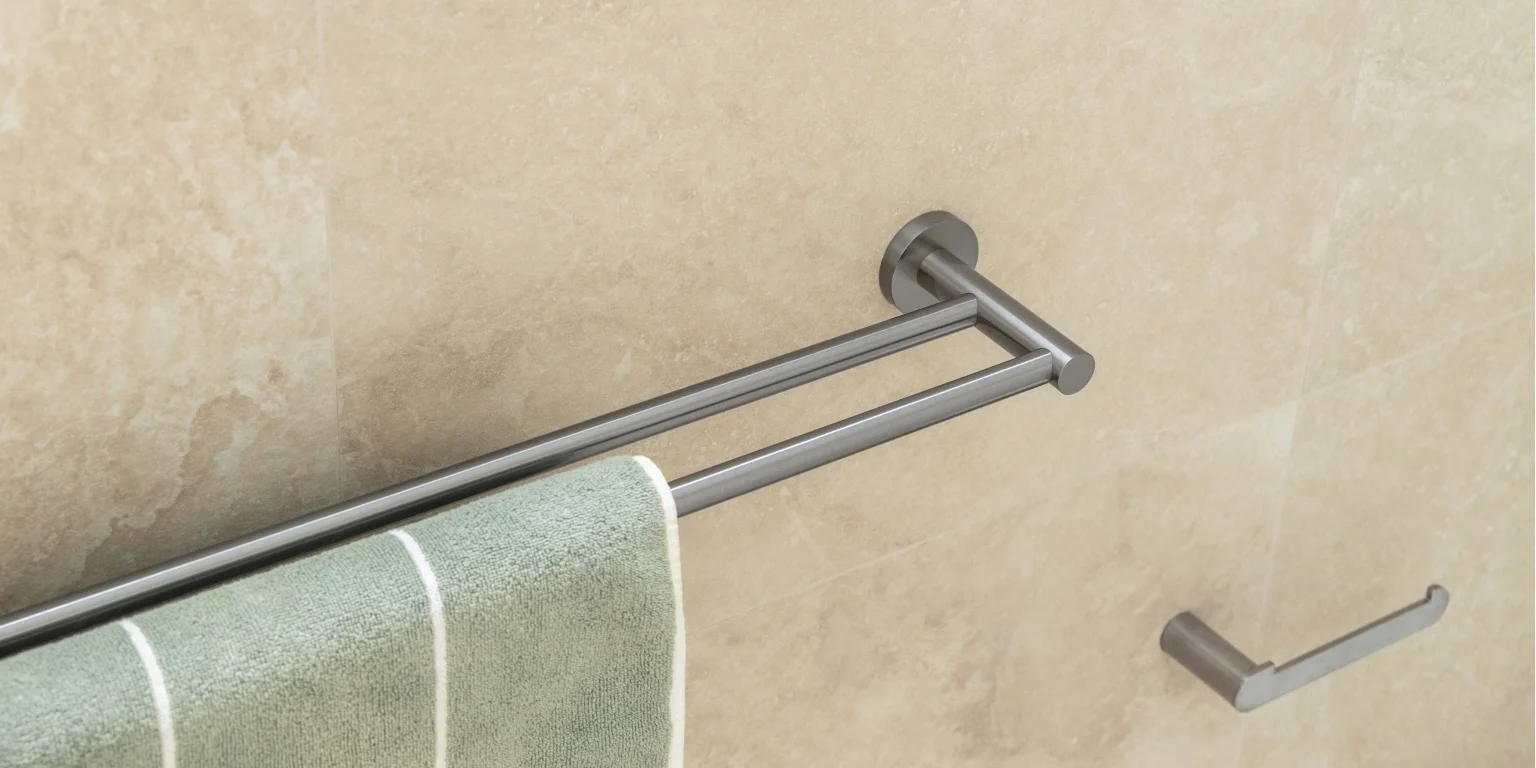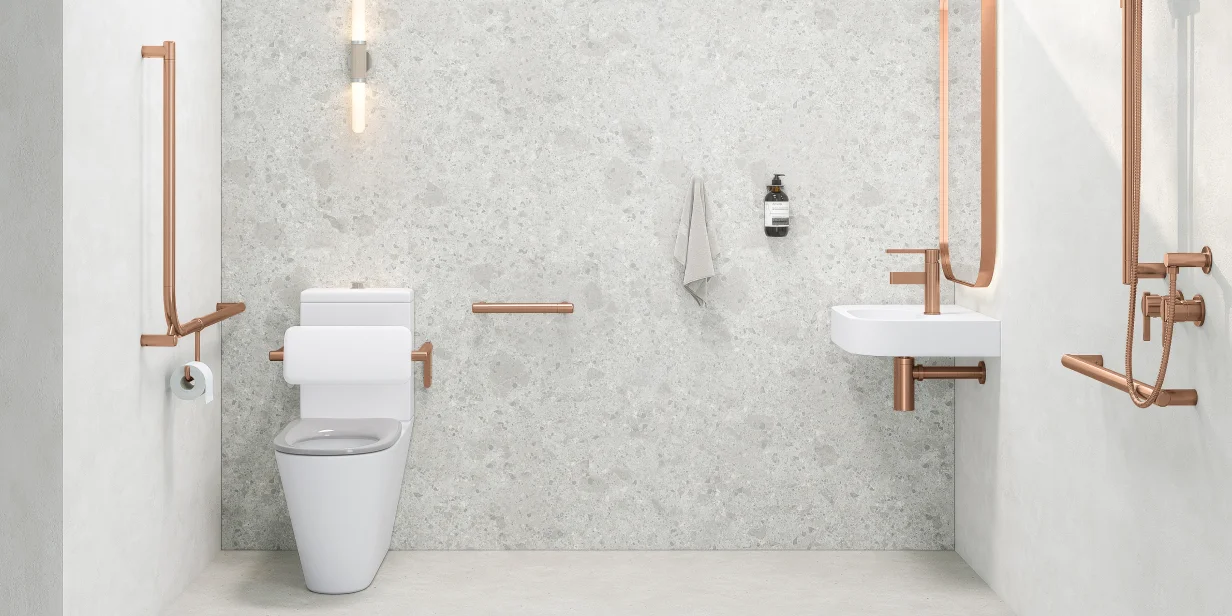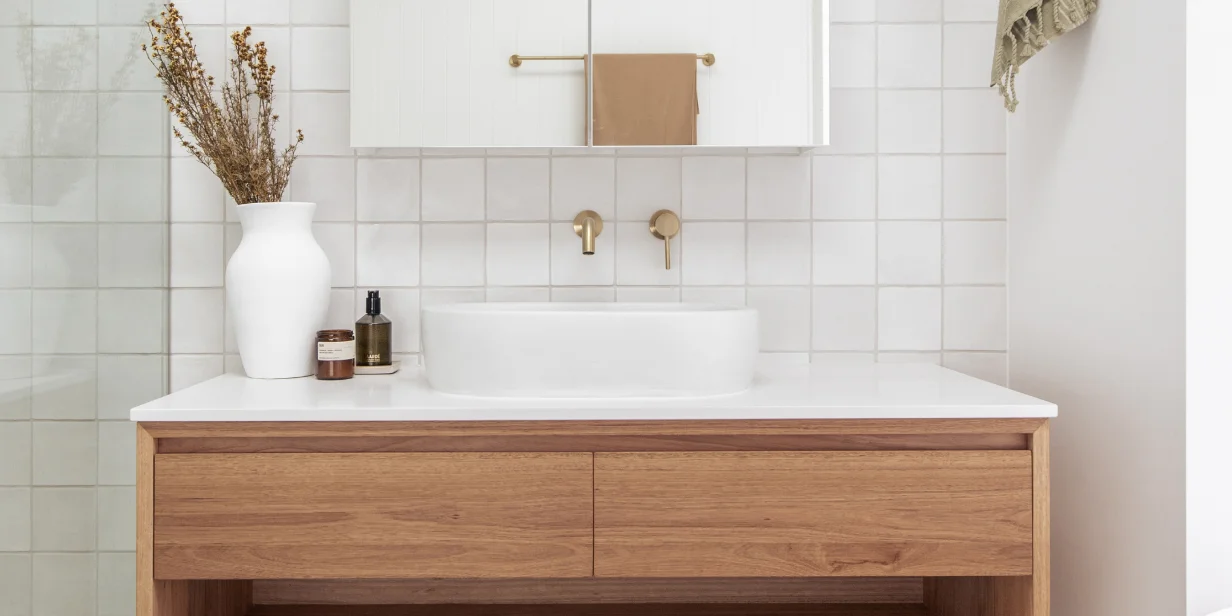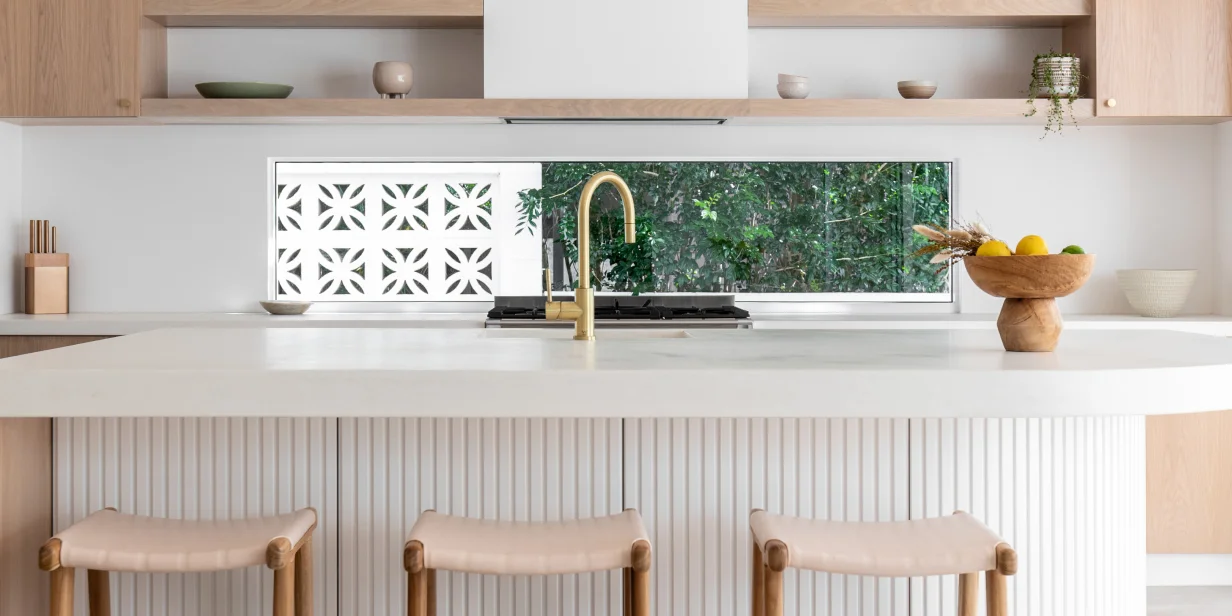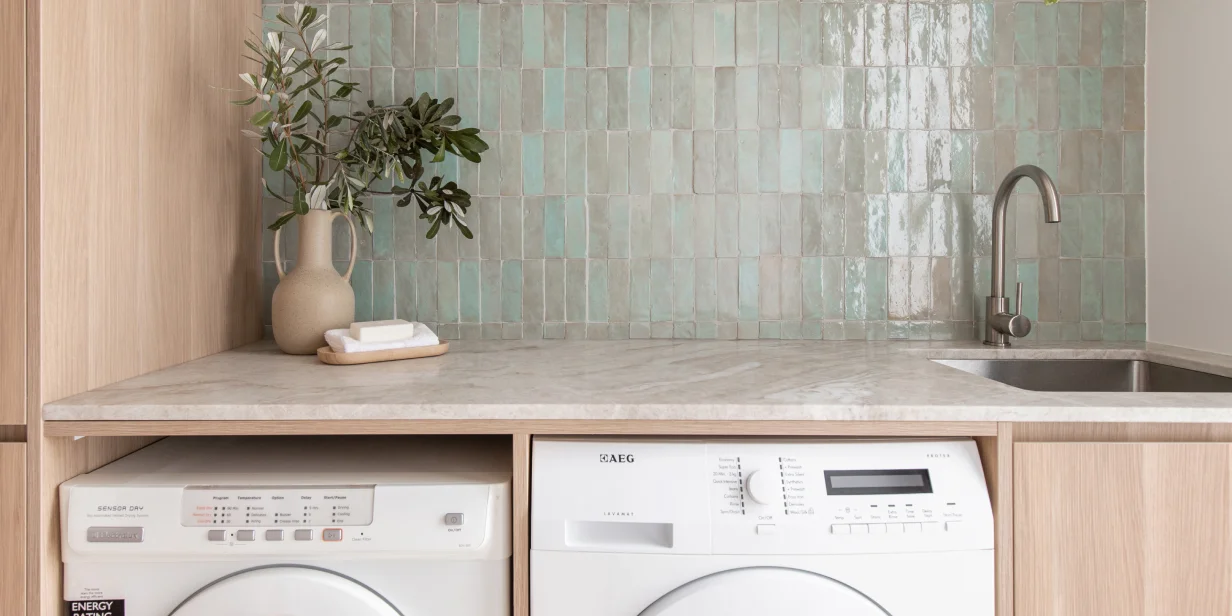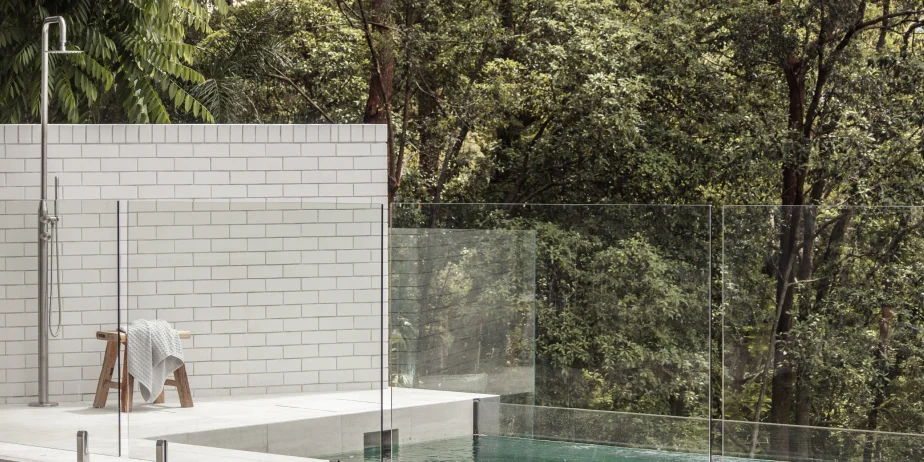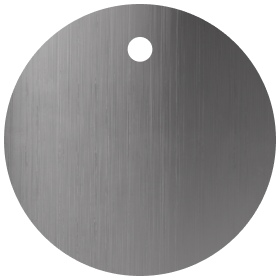How to Install Door Hardware the Right Way
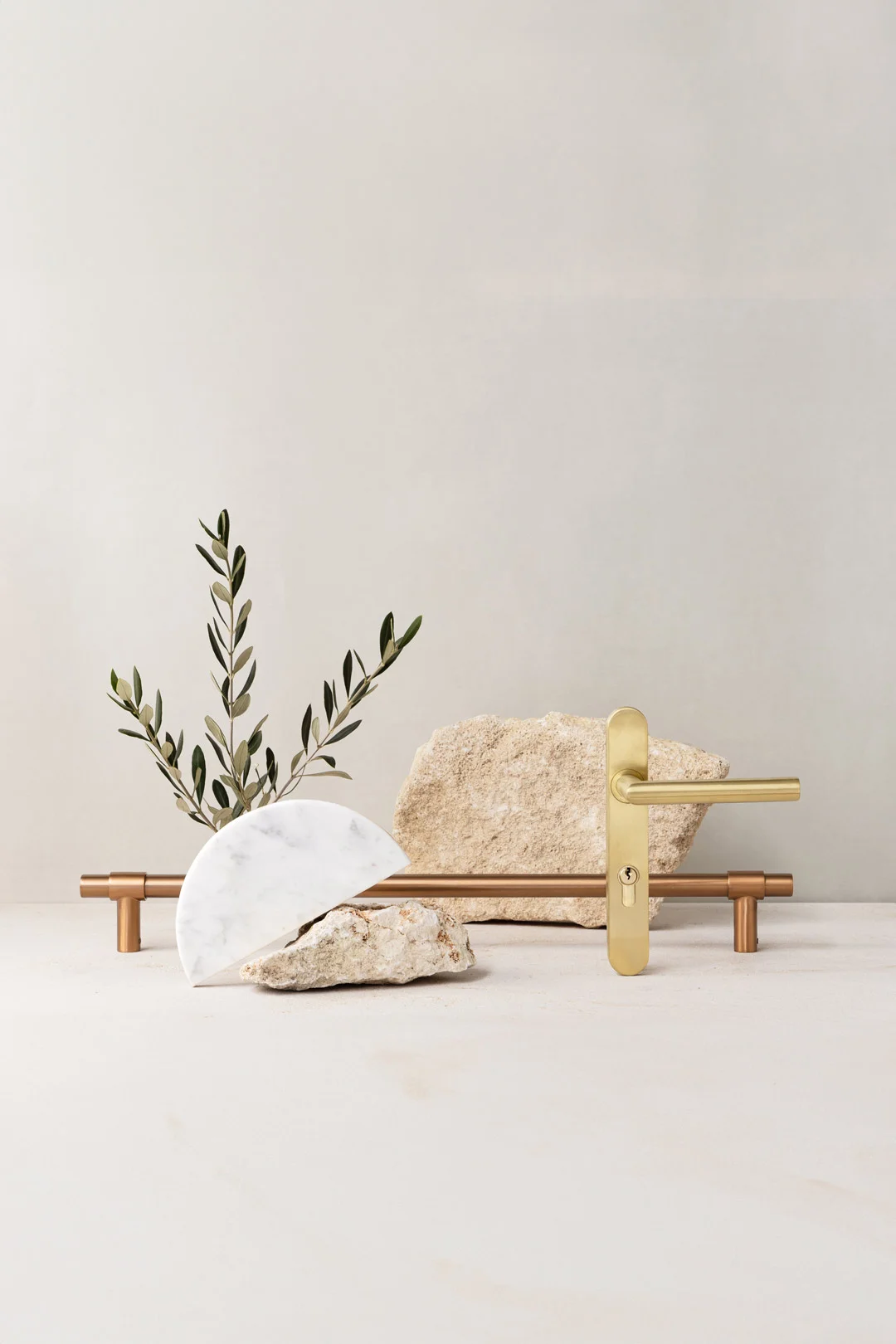
Have you ever wondered how to install door hardware in line with Australian building codes? Proper door hardware installation has many benefits, including improved security, enhanced durability, and optimal functionality. Complying with building codes and safety regulations can also provide peace of mind by reducing the risk of legal issues or potential insurance complications.
From choosing and maintaining door hardware to appointing a licensed tradesperson to complete the job, we explore the factors that will ensure your door hardware installation is done correctly.
Types of Door Hardware
Before installing door hardware, it’s important to consider the types of fixtures that are available.
Door Handles and Pulls
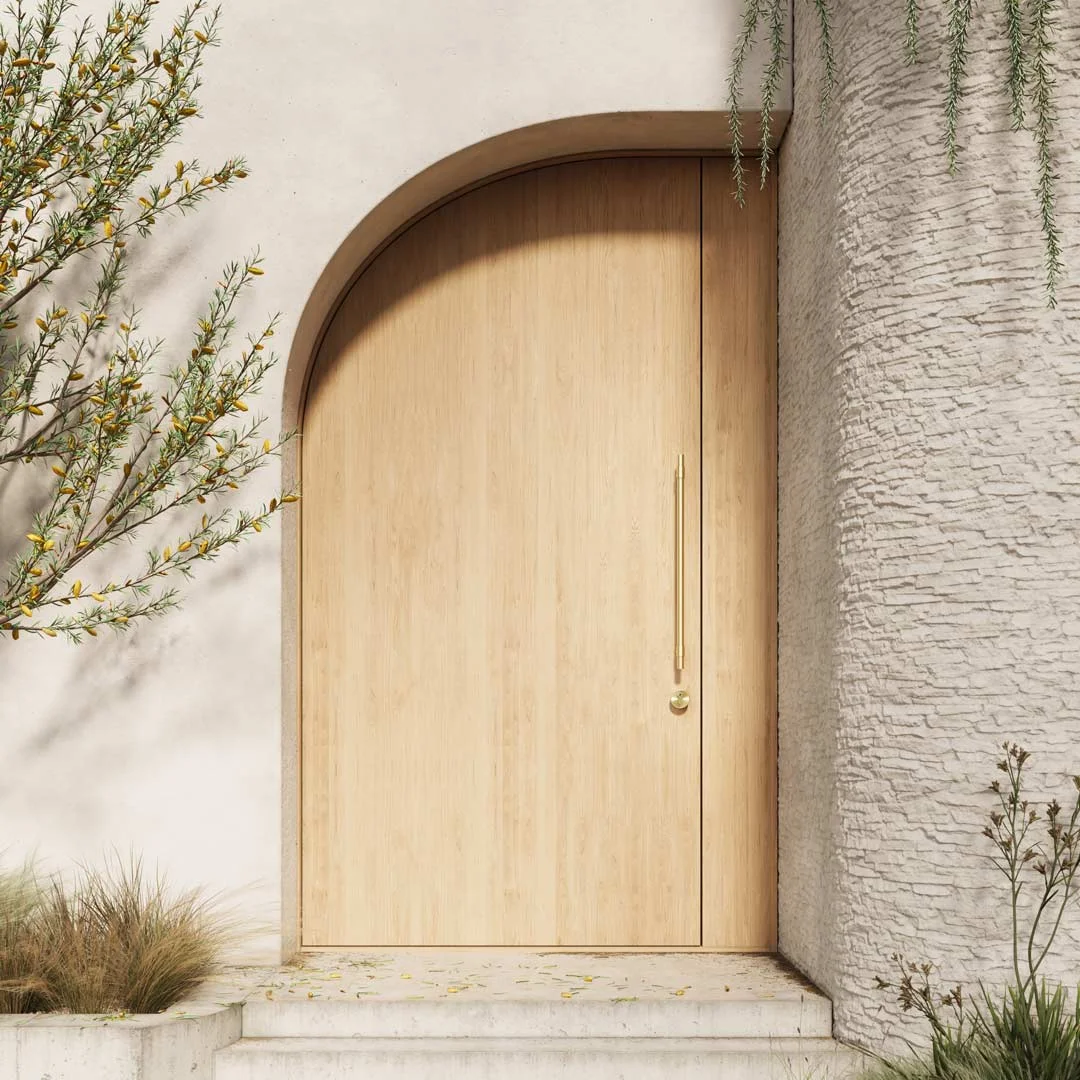
Front door handles, internal door handles, and door pulls are essential home fixtures. They ensure security and also set the tone for your home. Door handles or entry pulls come in many different designs and styles.
Door Locks
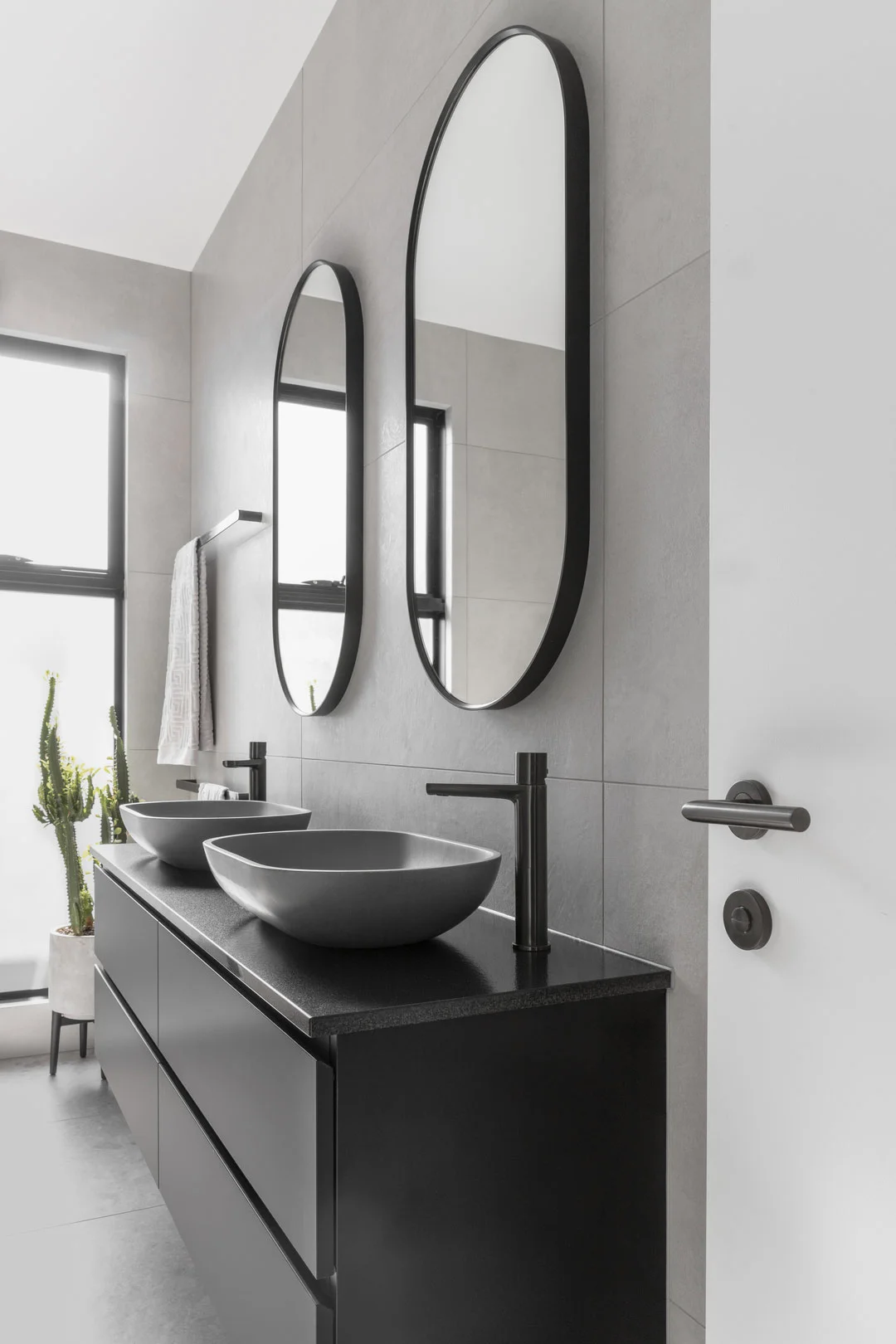
Door locks provide safety and security by restricting access and ensuring privacy by securing a door in a closed position. Inside the home, they are particularly popular for bathroom and bedroom doors and usually have a graspable lock to enable easy functionality.
Door Hinges
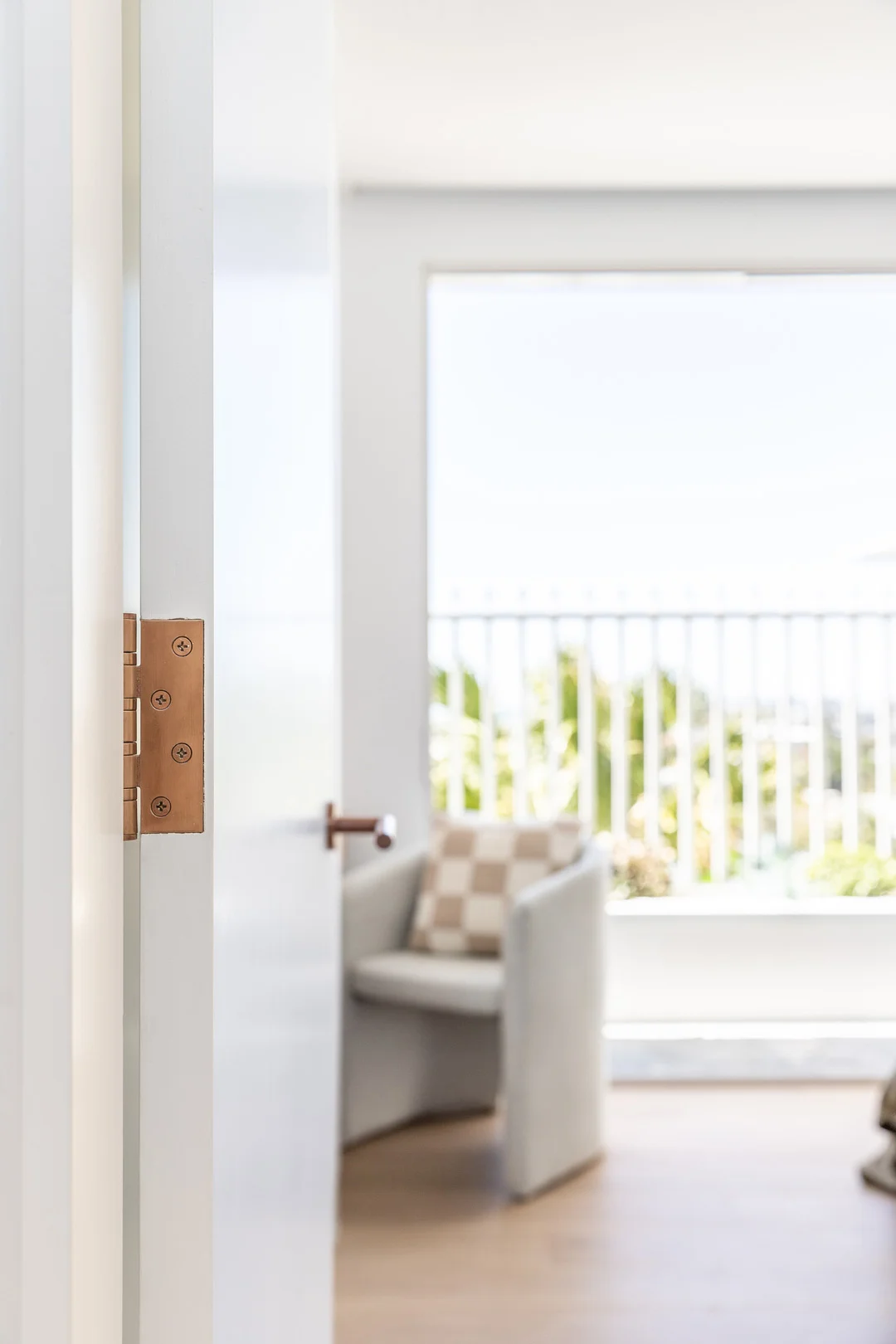
Hinges are hardware components that provide a door-fitting solution. They allow a door to open and close smoothly while securely attached to the door frame and can also contribute to the visual appeal of your interior design.
Door Stops
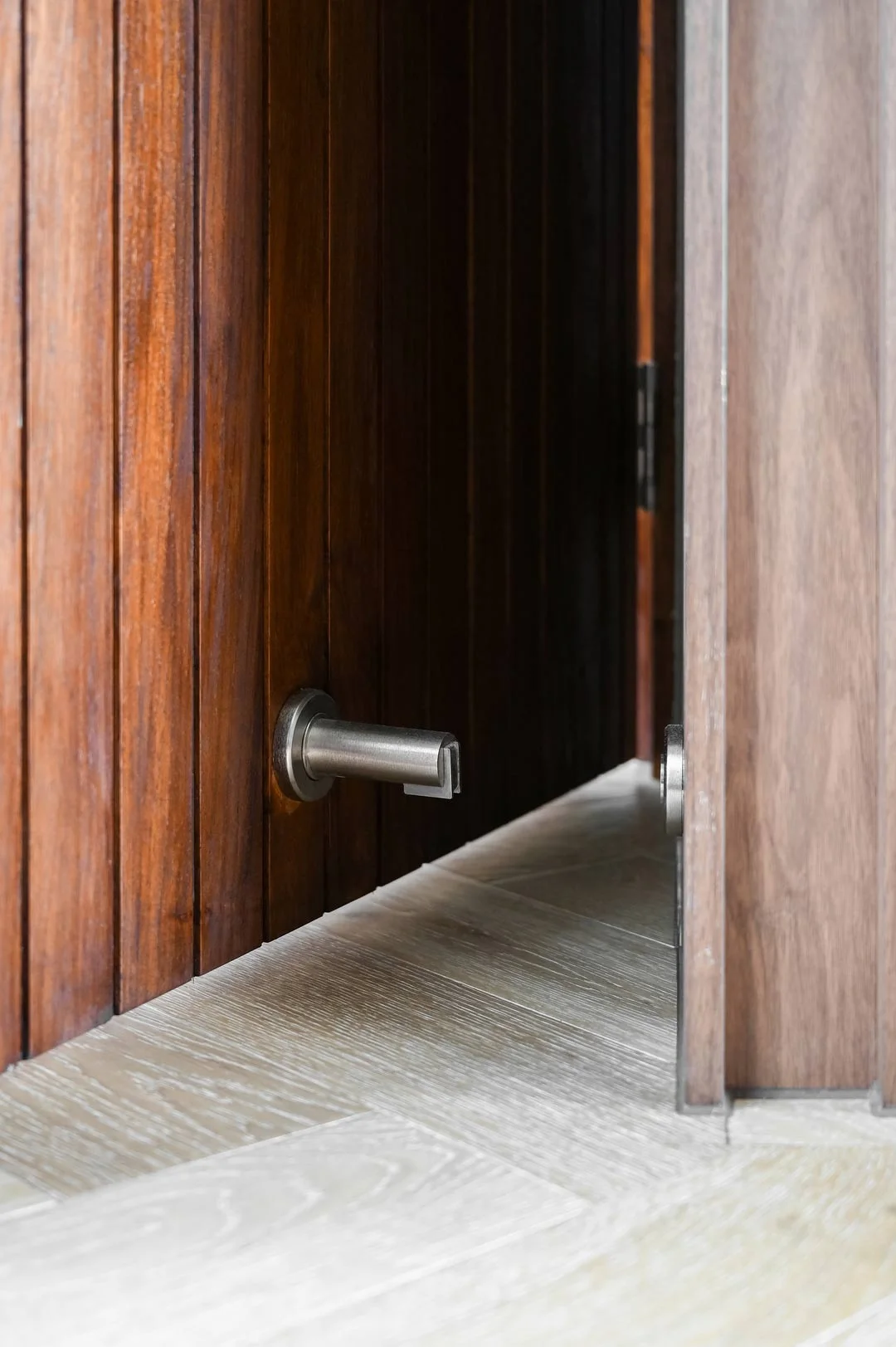
Door stops are designed to minimise the impact of slamming doors in the home. They can be either wall or floor-mounted and are available in various finishes for pleasing consistency with your other door hardware fixtures.
How to Choose the Right Fixtures for Your Door Hardware Installation Project
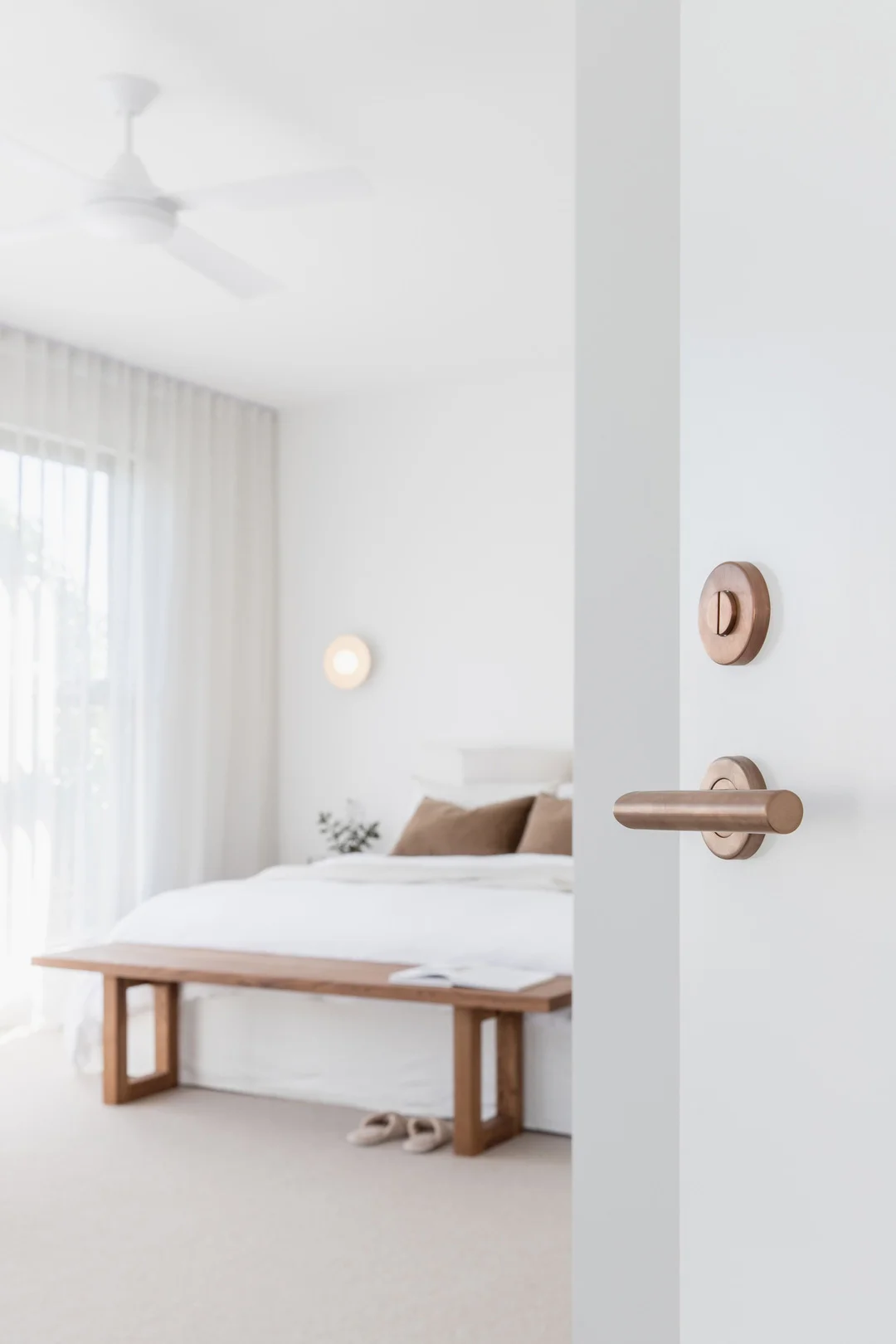
When learning how to install door hardware, the first step is choosing the right fixtures for the job. Security, functionality, durability, and aesthetics are all important considerations in this selection process.
ABI Interiors offers a wide variety of high-quality door hardware, including internal door handles, hinges, locks, and stops. We also provide equally elegant front door hardware, including beautiful front door handles, half-moon pulls, and round pulls.
Our door hardware is constructed from highly durable 304 stainless steel. It is available in up to seven of our signature finishes to ensure colour consistency with other fixtures throughout your home.
Tools For Installing Door Hardware
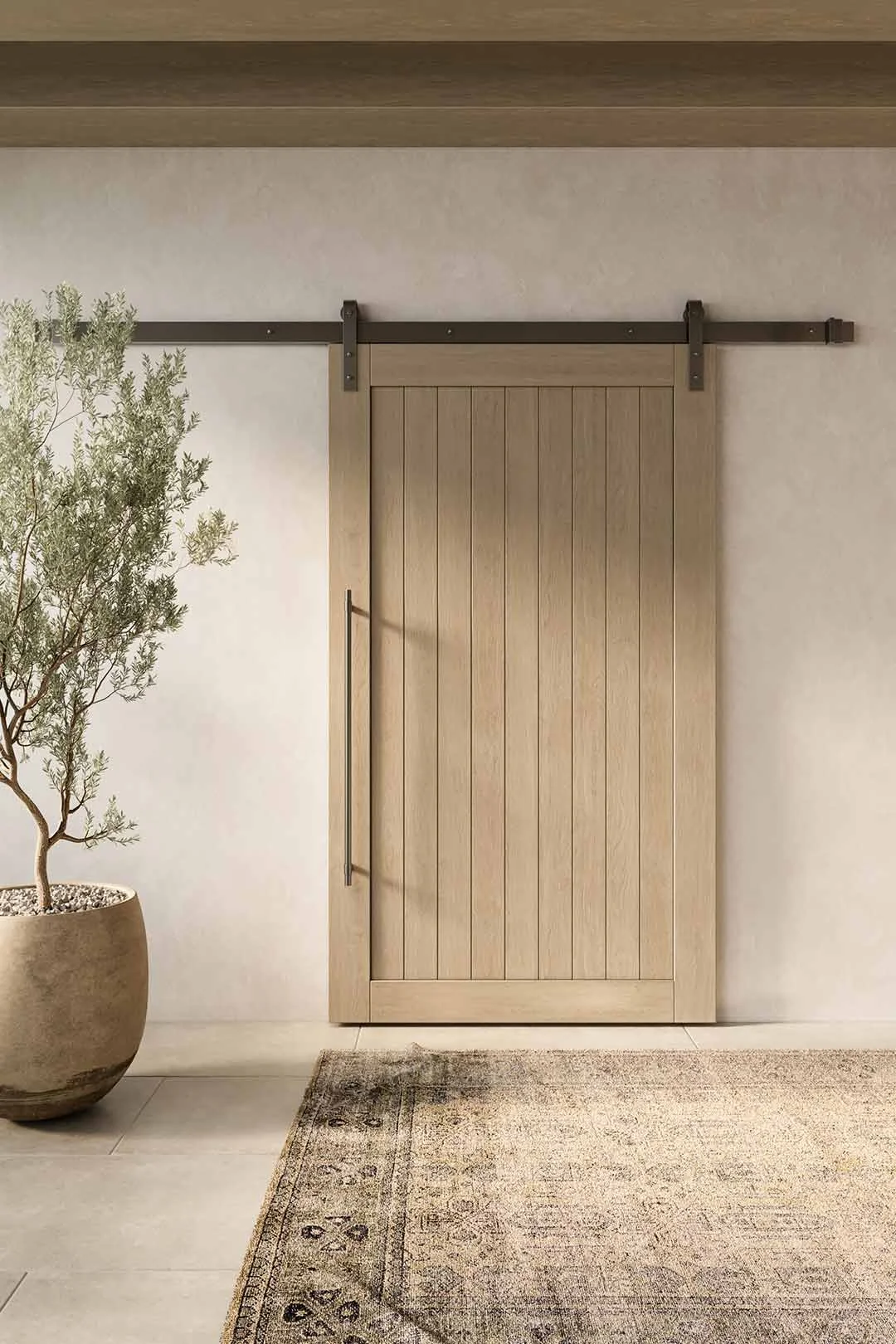
Any guide on how to install door hardware should clearly outline the essential tools and materials required by your chosen tradie to complete the project successfully.
Measuring Tape: This is used for accurate measurements and placements.
Pencil and Ruler: This is used to mark out the placements.
Leveller: To ensure your door hardware is aligned correctly.
Screwdriver: A manual or electric screwdriver for driving screws.
Drill and Drill Bits: These are used to create pilot holes and make openings for locks.
Hole Saw or Spade Bit: Used to create circular holes for locksets.
Chisel: To recess hardware and fine-tune fits.
Hammer: This is for gently tapping hardware into place.
Rubber Mallet: To avoid damaging surfaces while adjusting parts.
Screws and Fasteners: These are usually included with your door hardware purchase.
Hinge Template: To mark and drill hinge recesses accurately.
Project Steps For Door Hardware Installation
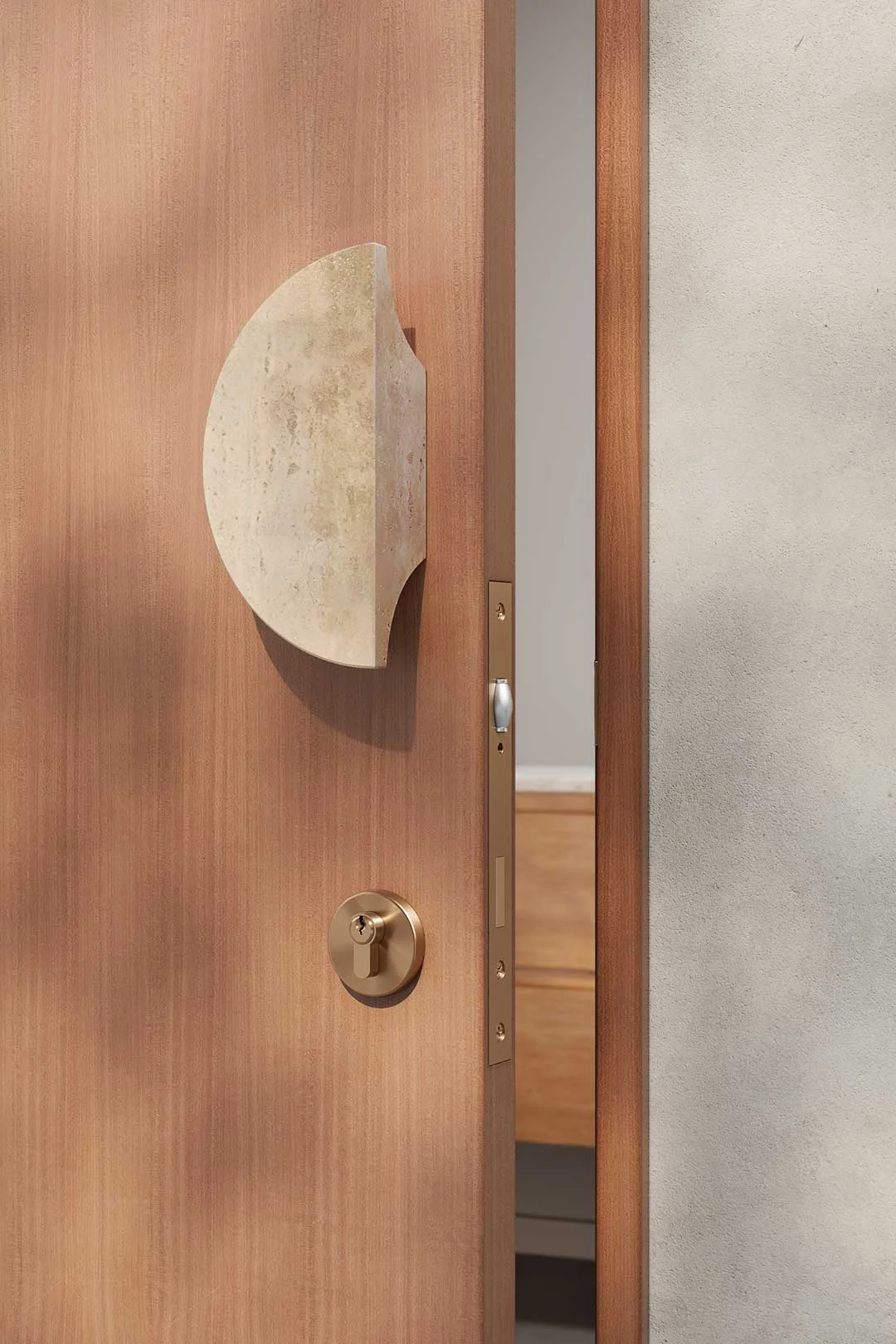
The following steps outline how your chosen tradie will likely carry out your door hardware installation:
Step 1: Measuring the Door Height
The tradesperson will start by measuring the height of the door from the top edge to the bottom edge to ensure accurate hardware placement.
Step 2: Determining the Lock Height
Next, they’ll determine the lock height. For most residential doors in Australia, this is typically around 900mm from the finished floor level, and the tradesperson will mark this height on the edge of the door.
Step 3: Marking the Centreline
The tradesperson will then find the centre point of the door's width and mark it. They will extend this mark vertically at the lock height to guide the lock installation.
Step 4: Measuring for the Bore Hole
To install a cylindrical lock, they will measure approximately 60mm from the edge of the door to the centre of the lock. They will mark this position, but if a deadbolt is being installed, they will refer to the manufacturer's specifications, as the measurement may vary.
Step 5: Measuring for the Deadbolt
If a deadbolt is being installed, the tradesperson will position it approximately 150mm above the lockset and mark this height. They will then find the centre of the door's width, just like they did for the lockset, to ensure proper alignment.
Step 6: Marking the Strike Plate
They will close the door and identify where the latch meets the door frame. They’ll mark this point and then measure approximately 25mm down from there to find the centre of the strike plate, ensuring it aligns properly.
Step 7: Measuring for Hinges
For the hinge installation, the tradesperson will measure 180mm down from the top of the door to mark the centre of the top hinge. For the bottom hinge, they’ll measure 180mm up from the bottom of the door. If a third hinge is needed, it will be placed halfway between the top and bottom hinges.
Step 8: Double-Checking Measurements
To ensure precision, they will double-check all measurements and use a spirit level to ensure all markings are straight and correctly positioned.
Step 9: Drill Preparation
With the measurements confirmed, the tradesperson will prepare to drill the necessary holes for the door hardware. They’ll choose a drill bit that matches the specifications of the hardware being installed.
Step 10: Door Hardware Installation
Finally, the tradesperson will proceed with installing the lockset, deadbolt, hinges, and any other required door hardware, following the manufacturer’s instructions to ensure a secure and proper fit.
Choosing a Tradie for Installation
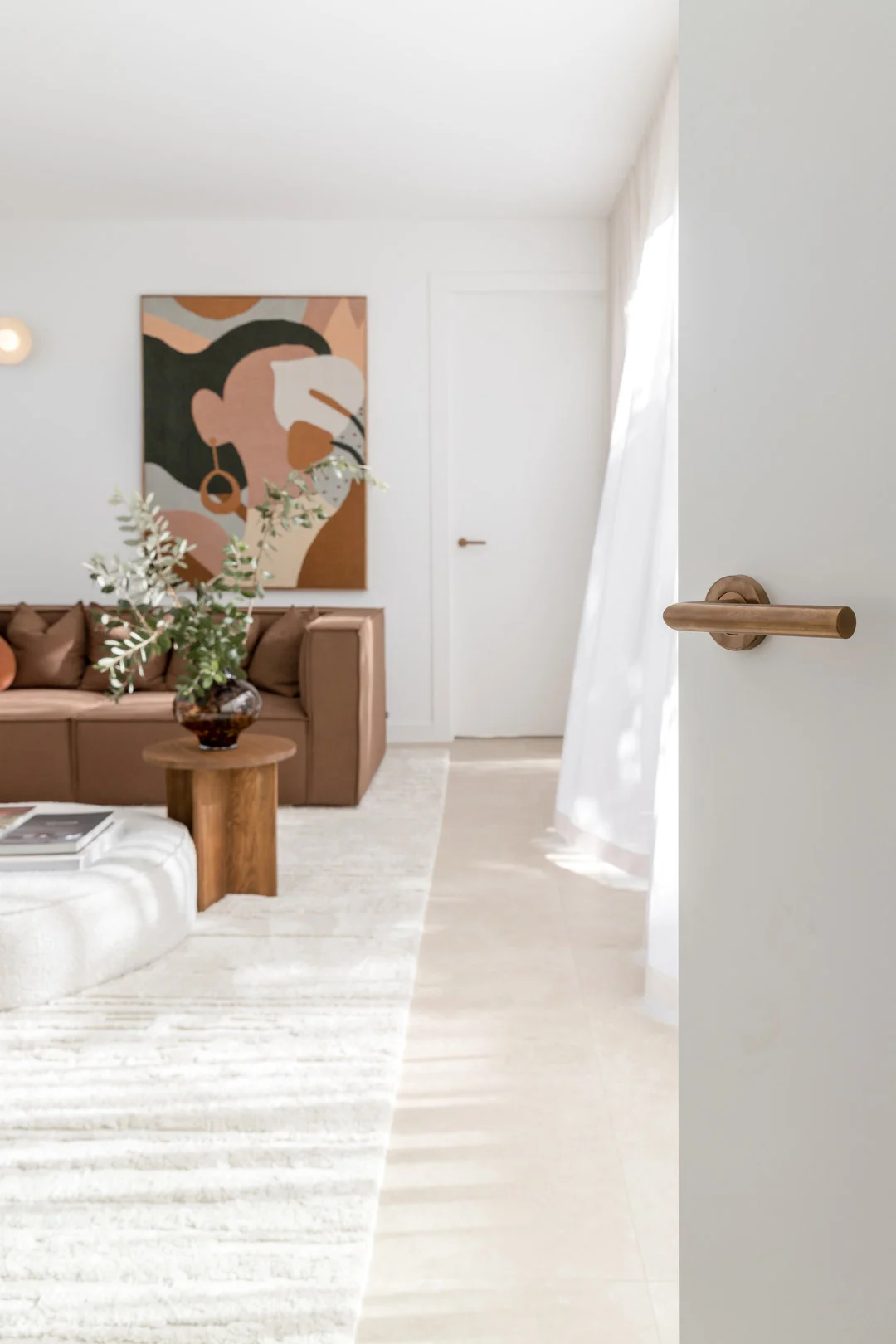
As mentioned, for safety and security and to comply with Australian product installation standards, we always recommend appointing a qualified tradesperson to properly install all your fixtures, including door hardware.
All ABI Interiors hardware comes with comprehensive installation guides, which can be downloaded from the corresponding product pages — located underneath ‘Product Info’. Please ensure these guides are followed during the installation process.
The Costs of Improper Installation and Door Hardware Maintenance Tips
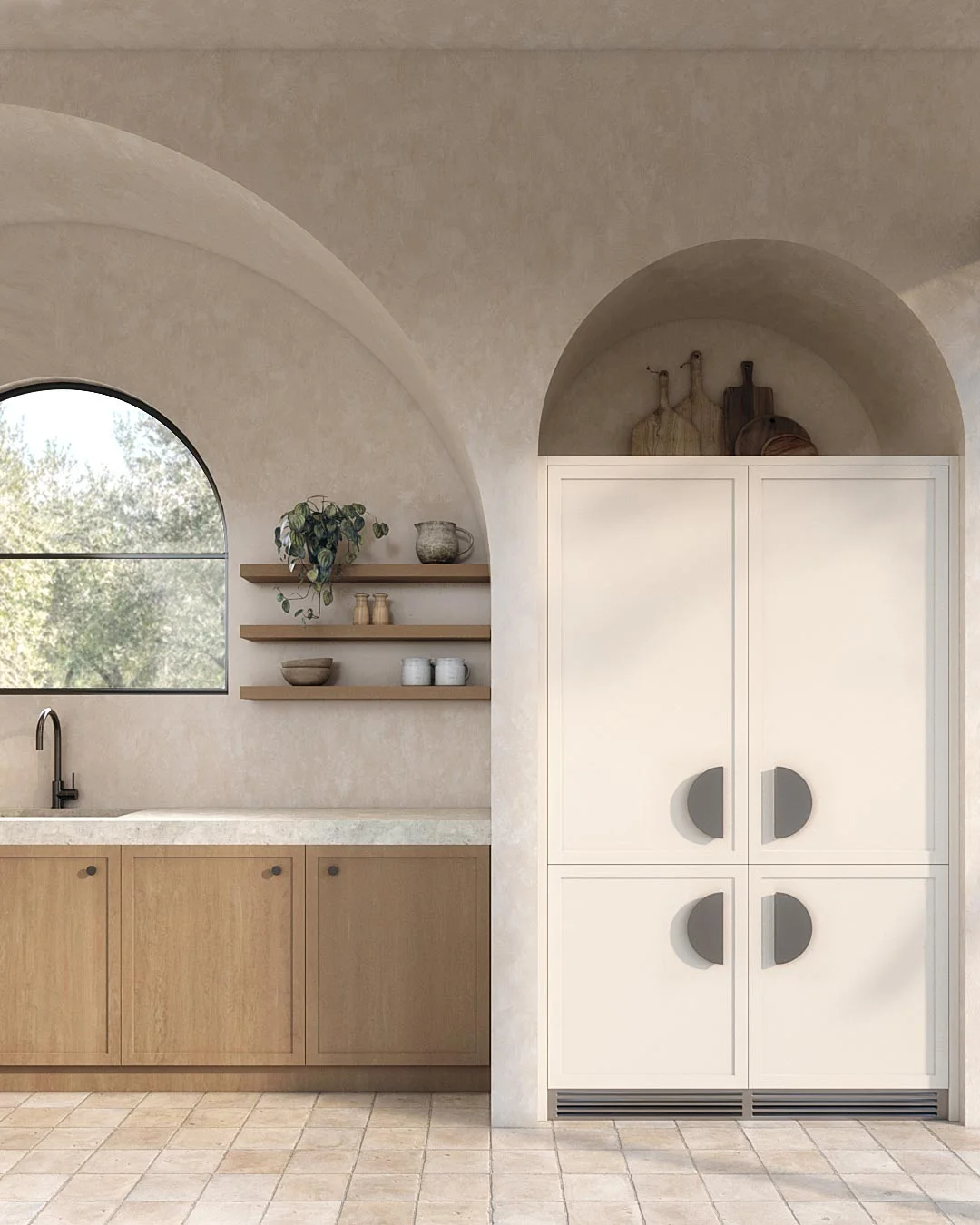
Incorrectly installing door hardware can lead to a number of associated costs and safety and security concerns that don’t comply with the National Construction Code. To avoid these issues, we always advise appointing a qualified tradesperson to properly install all your fixtures, including door hardware, according to the installation guidelines.
After your door hardware installation is completed, regular maintenance is essential to ensure your fixtures remain functional and aesthetically pleasing.
Our recommendation is to regularly clean your door hardware with mild liquid detergent or soap and water. Please refrain from using cream cleaners or bleach when cleaning your fixtures, as these substances are abrasive and could impair the finish. Also, avoid using cleaning pads with abrasive surfaces, which could scratch the material.
Look out for signs that your hardware may need tightening or replacing. Door hinges should be lubricated at least annually to help maintain proper engagement and smooth operation. You can easily complete these maintenance steps yourself.
Visit Our Australian Showrooms
Visit one of our Australia-wide showrooms or contact our friendly team, who can help you choose your door hardware and provide further advice.
For more inspiration on door hardware, read our blogs:
